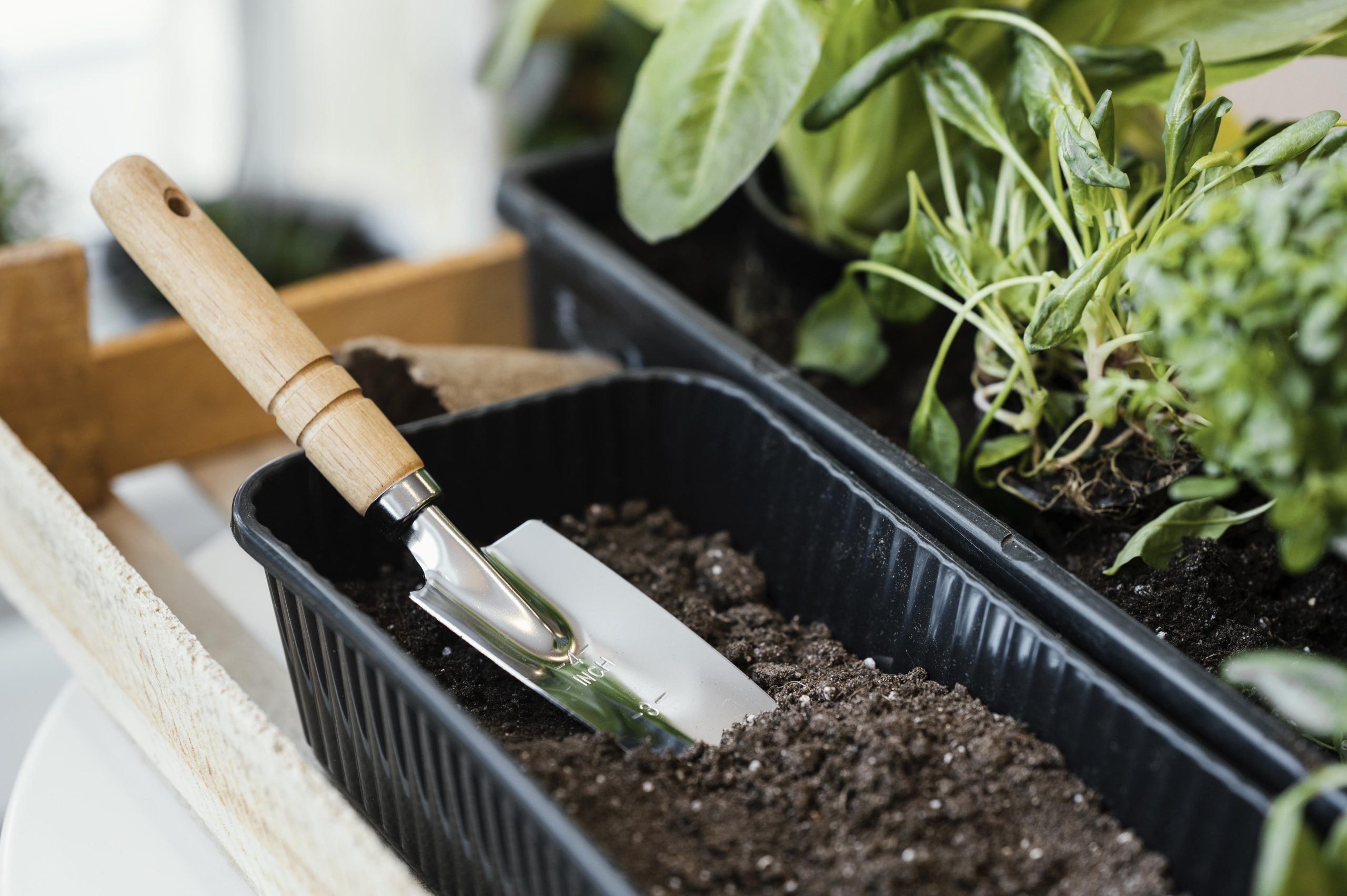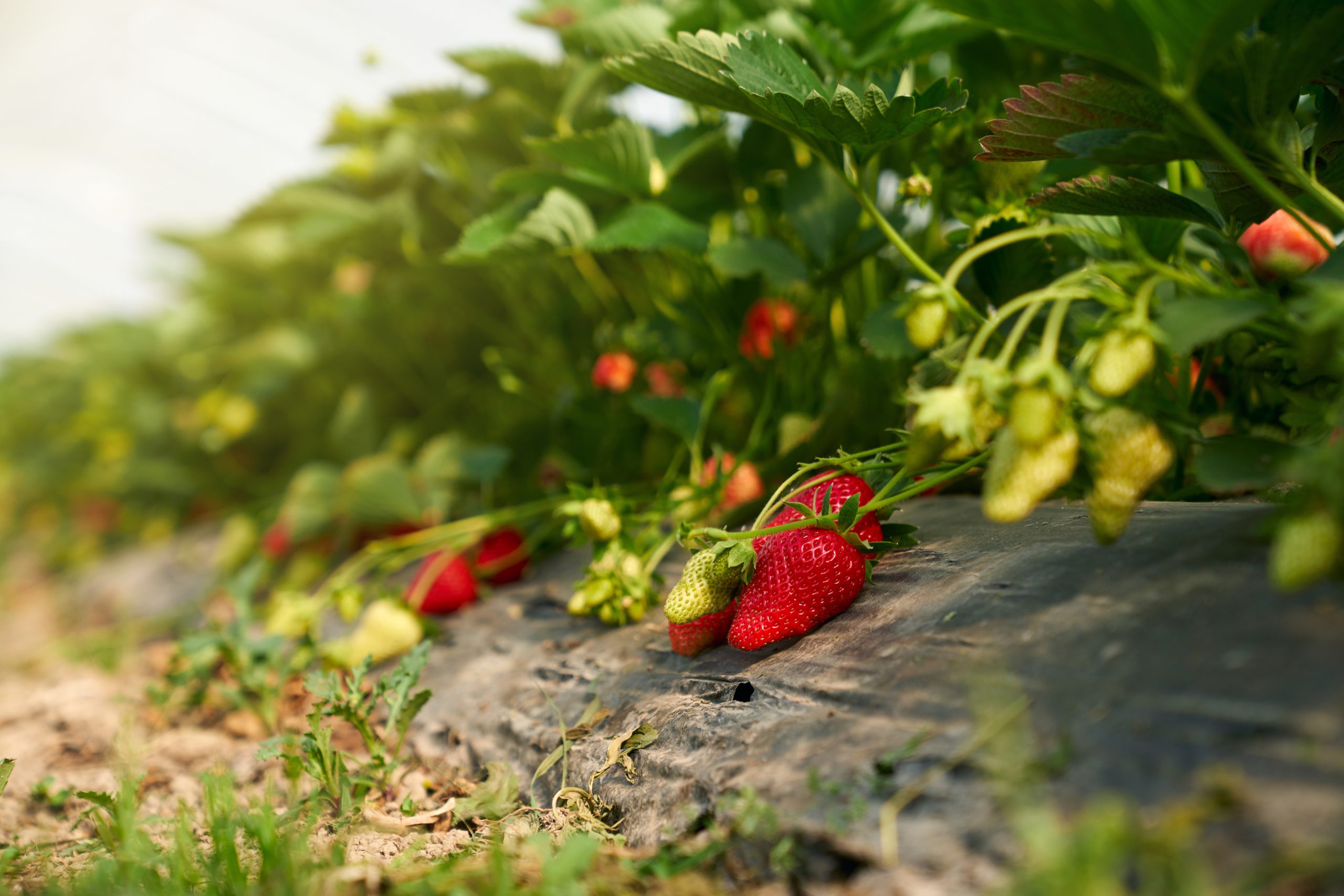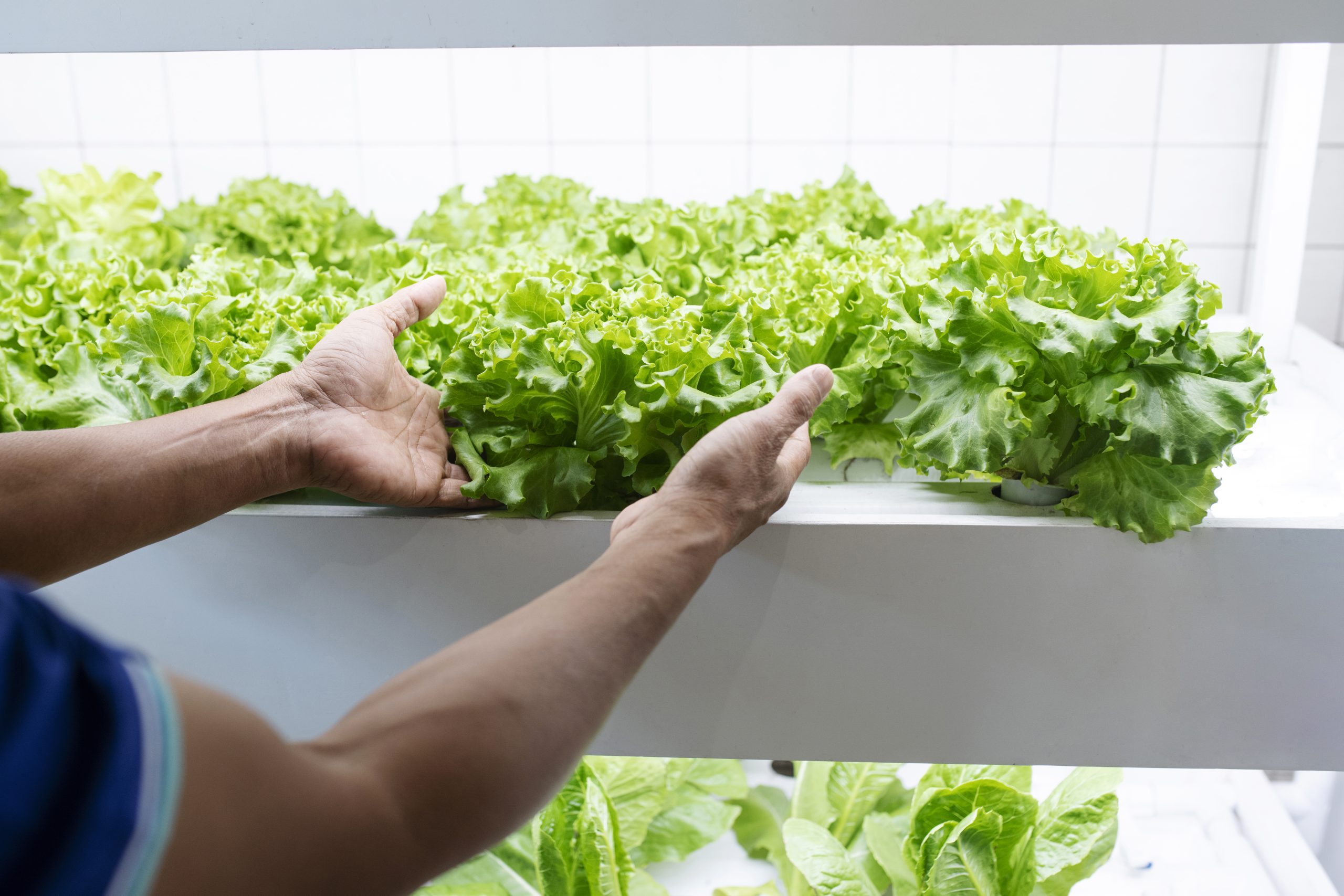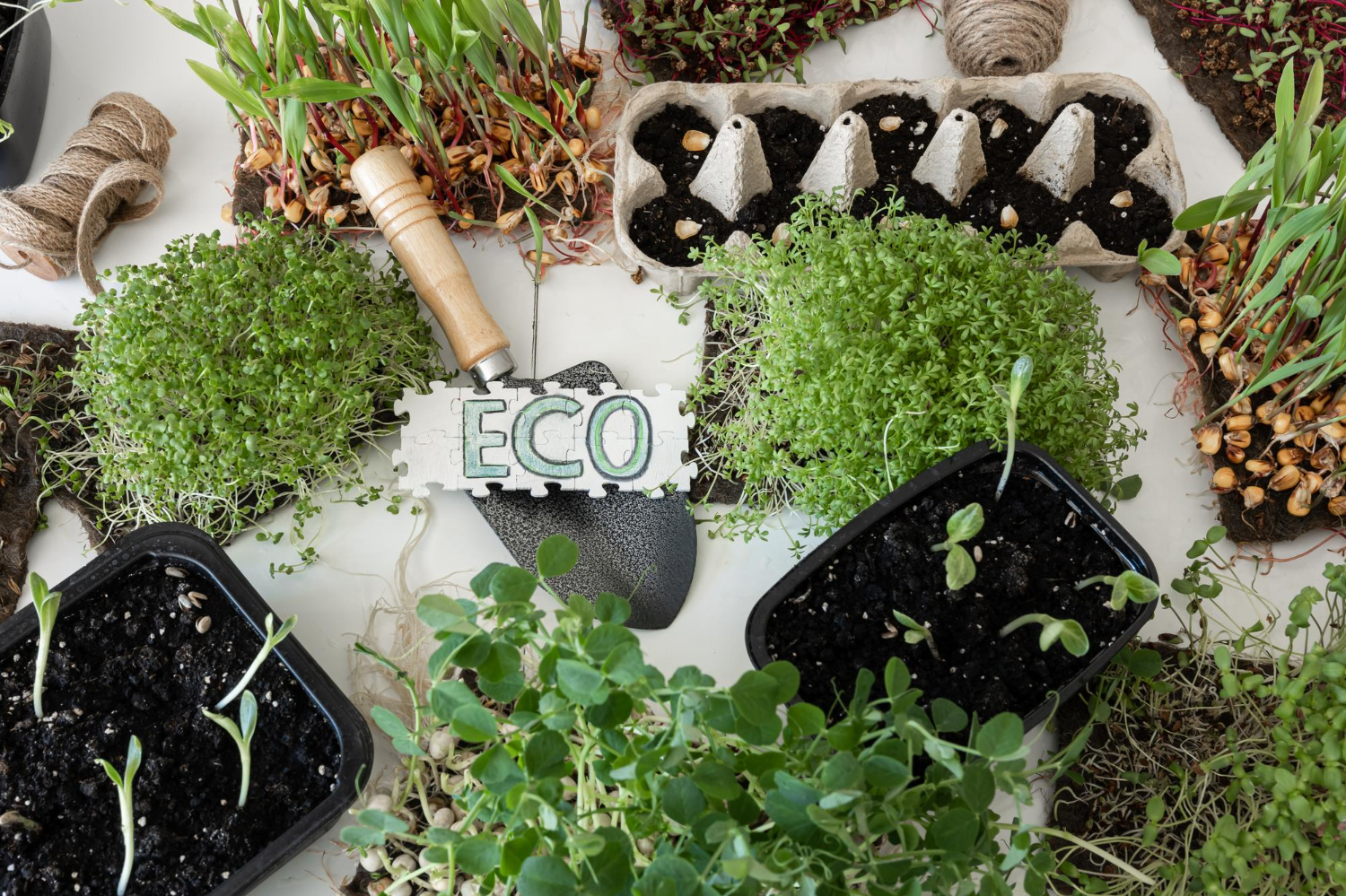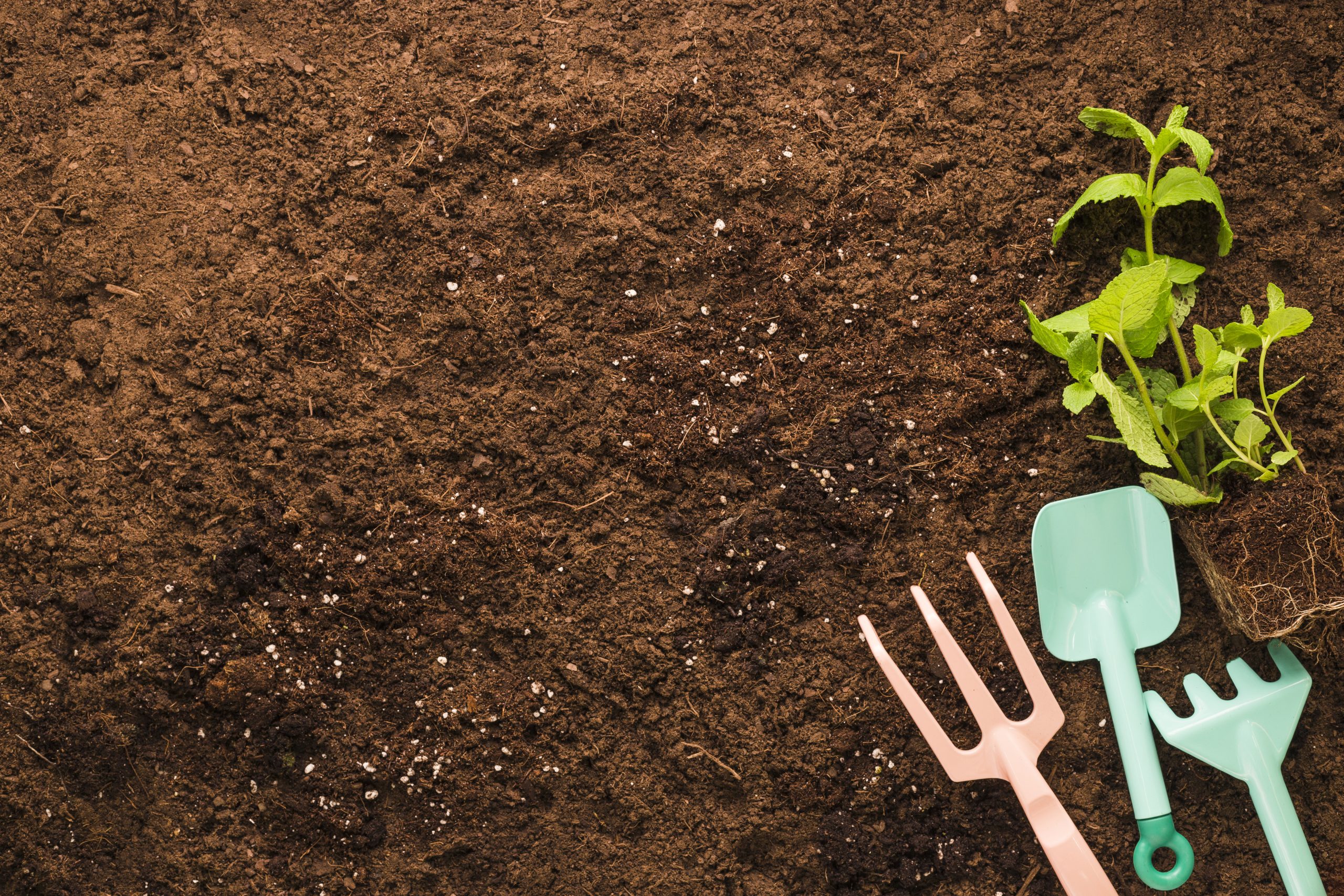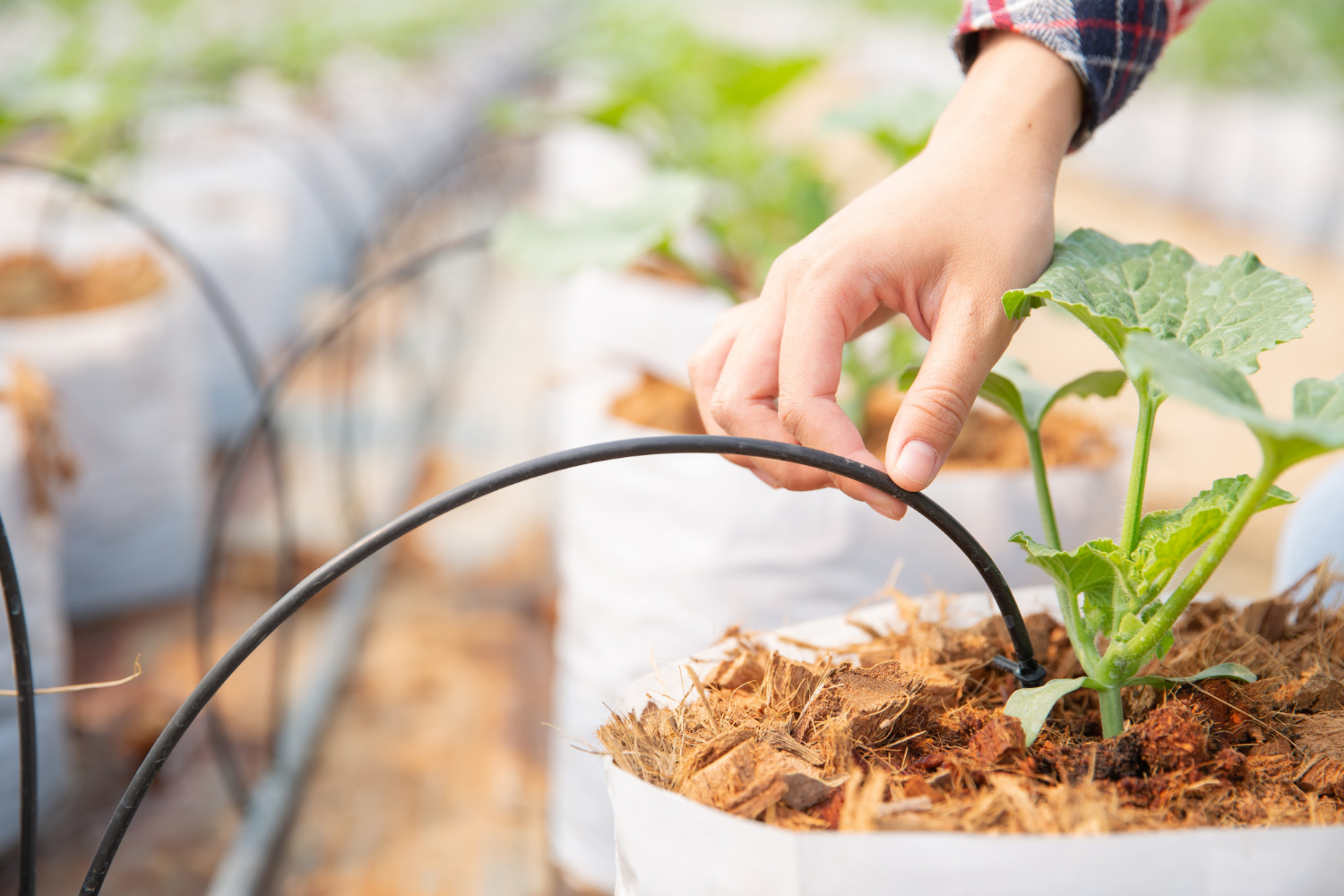What is an Organic Orchard: How to create one step by step and its benefits
June 29, 2023
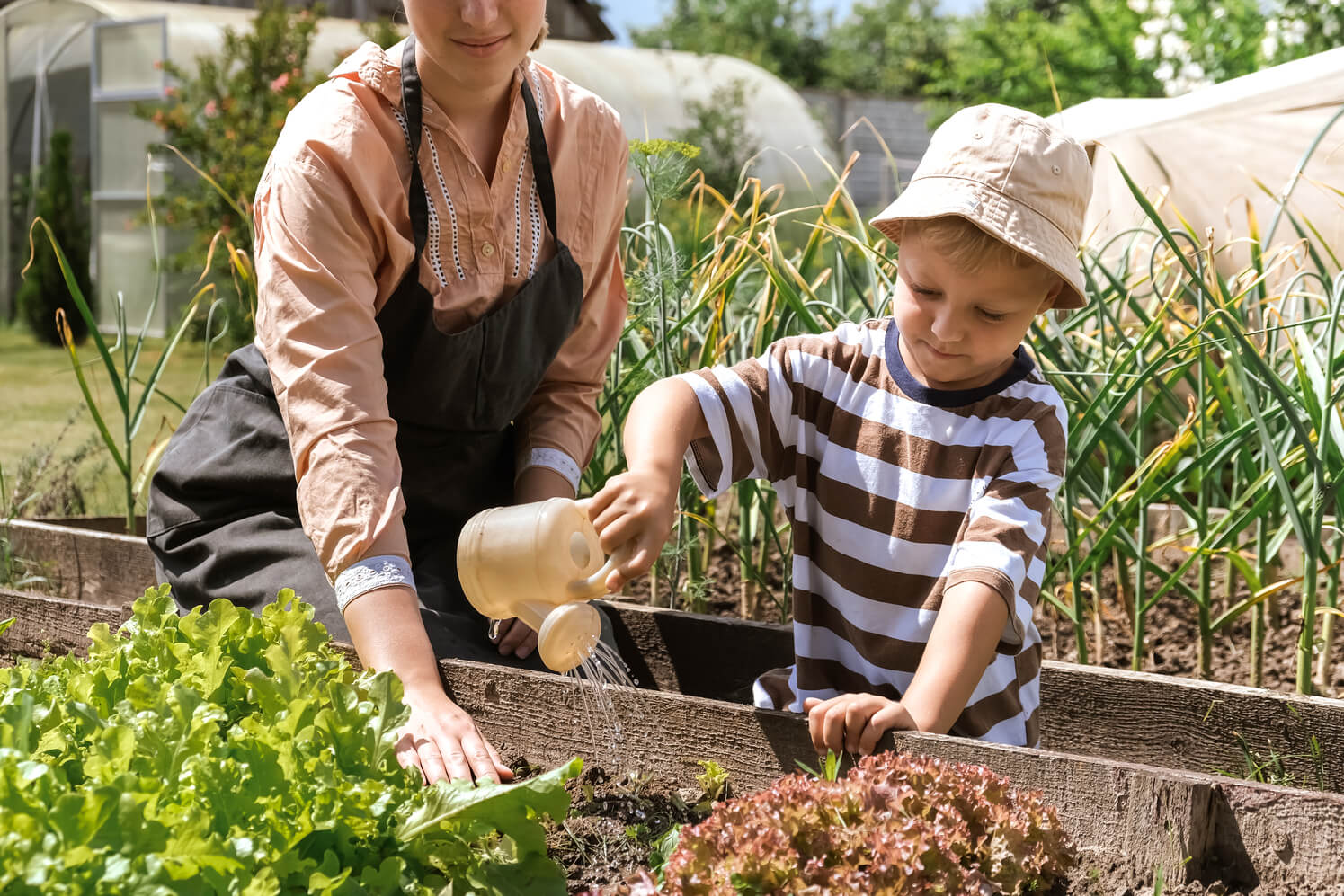
Spain is one of the main producers in terms of surface area both in the European Union and worldwide.
Last year, the area under organic production in Spain increased by 8% compared to the previous year, reaching 2,635,442 hectares. This represents approximately 10.79 % of the utilised agricultural area (UAA) under organic production.
Therefore, in this article you will find everything you need to have your own Organic Orchard. Want to know what benefits it can have both for you and the environment?
And if you want to start now, take a look at our community gardens for rent near you.
Publish your garden for free today
What is an Organic Orchard?
If you are wondering what an organic orchard is, in this article you will find a definition that will clear up all your doubts.
An organic garden is an area where vegetables, fruit and aromatic plants are grown using natural methods instead of synthetic chemicals.
Traditional techniques such as crop association and rotation, use of compost and integrated pest management are applied.
What do we have to do to be able to say: "my organic garden meets all the requirements"? No use of pesticides, artificial fertilisers and GMOs, with the aim of promoting the production of healthy and environmentally friendly food.
How to make an Organic Orchard: Step-by-step Guide
Step 1: Choice of Space and Design of the Orchard
The first step in creating an organic garden is to choose the right space. Find a sunny area in your garden or yard that receives at least 6 hours of sunlight a day. Once you have selected the site, it is time to design your garden.
Design of the Row Garden
Row design is one of the most common methods of organising an organic garden. Here is an example of how you could distribute your crops:
graph LR; A[Orchard Area] -- Pathways --> B[Cama de Cultivo 1]; A -- Pathways --> C[Cama de Cultivo 2]; A -- Pathways --> D[Cama de Cultivo 3]; B -- Rows --> E[Tomates]; B -- Rows --> F[Zanahorias]; C -- Rows --> G[Lechugas]; C -- Rows --> H[Cebollas]; D -- Rows --> I[Calabazas]; D -- Rows --> J[Pimientos];
Design of the Orchard in Cuadros
Another popular option is the chequered design, also known as "crop squares". This approach involves dividing the garden into square sections and planting different crops in each. Here is an example of a chequered design:
graph TD; A[Orchard Area] -- Pathways --> B[Cuadro 1]; A -- Pathways --> C[Cuadro 2]; A -- Pathways --> D[Cuadro 3]; B -- Squares --> E[Tomates]; B -- Squares --> F[Zanahorias]; C -- Squares --> G[Lechugas]; C -- Squares --> H[Cebollas]; D -- Squares --> I[Calabazas]; D -- Squares --> J[Pimientos];
Step 2: Soil Preparation
Before you start planting, it is important to prepare the soil properly to ensure healthy growth of your plants. Follow these steps:
- Remove weeds and the remains of previous plants.
- Till the soil with a rake or hoe to loosen it and allow better air and water circulation.
- Add organic compost or manure to the soil to enrich it with natural nutrients.
- Level the soil and remove stones or other objects that may hinder root growth.
Step 3: Choice of Crops
It is important to select the right crops for your organic garden. Consider the following:
- Choose crops that are suitable for your climate and season.
- Opt for local and disease-resistant varieties.
- Combine crops that complement each other and prevent the spread of pests.
Step 4: Planting and Plant Care
Once you have prepared the soil and selected your crops, it is time to plant. Follow these tips for optimal care of your plants:
- Follow the sowing instructions for each particular crop, respecting the depth and distance between seeds.
- Water your plants regularly, making sure not to over-water or under-water.
- It uses natural methods of pest control, such as growing repellent plants or introducing beneficial insects.
- Remove weeds regularly to prevent them from competing with your crops for nutrients.
Step 5: Harvest and Enjoy Your Crops
Finally, it is time to reap the fruits of your labour. Here are some tips for a successful harvest:
- Harvest your crops at the right time, when they are ripe and ready to eat.
- Use appropriate tools, such as pruning shears, to avoid damaging plants during harvesting.
- Wash vegetables and fruits thoroughly before consumption.
- Enjoy your food fresh and tasty!
What are the benefits of an organic garden?
An organic garden will only provide you with healthy food to maintain a healthy and balanced diet. It also has environmental benefits. This is why we would like to introduce you to what organic vegetable gardens can do for us and for the planet:
graph LR; A[Beneficios ambientales de los huertos ecológicos] --> B[Conservación del suelo]; A --> C[Protección de la biodiversidad]; A --> D[Reducción de la contaminación del agua]; A --> E[Mitigación del cambio climático]; F[Beneficios para la salud y bienestar] --> G[Alimentos más saludables y nutritivos]; F --> H[Fomento de la actividad física]; F --> I[Estímulo de la conexión con la naturaleza];
Why rent an organic urban garden?
By renting an organic garden, you have the opportunity to enjoy food free of pesticides and synthetic chemicals.
These gardens use natural methods of cultivation, such as crop association and rotation, the use of compost and integrated pest management. This will result in healthier and more environmentally friendly food.
There is no doubt that urban garden rentals are booming thanks to the connection with nature. Amidst the hustle and bustle of urban life, having access to a green space to grow your own plants provides a sense of calm and well-being.
In addition, this experience will allow you to learn and develop skills in sustainable agriculture, broadening your knowledge of farming techniques and the food production process.
Renting an organic garden is also a way to contribute to the environment.
In short, creating and maintaining an organic garden can be a rewarding and healthy experience.
By following the steps outlined in this guide, you will be on the right path to enjoying fresh, sustainably grown food.
Start your organic garden today and discover the benefits of organic farming!
Latest posts
